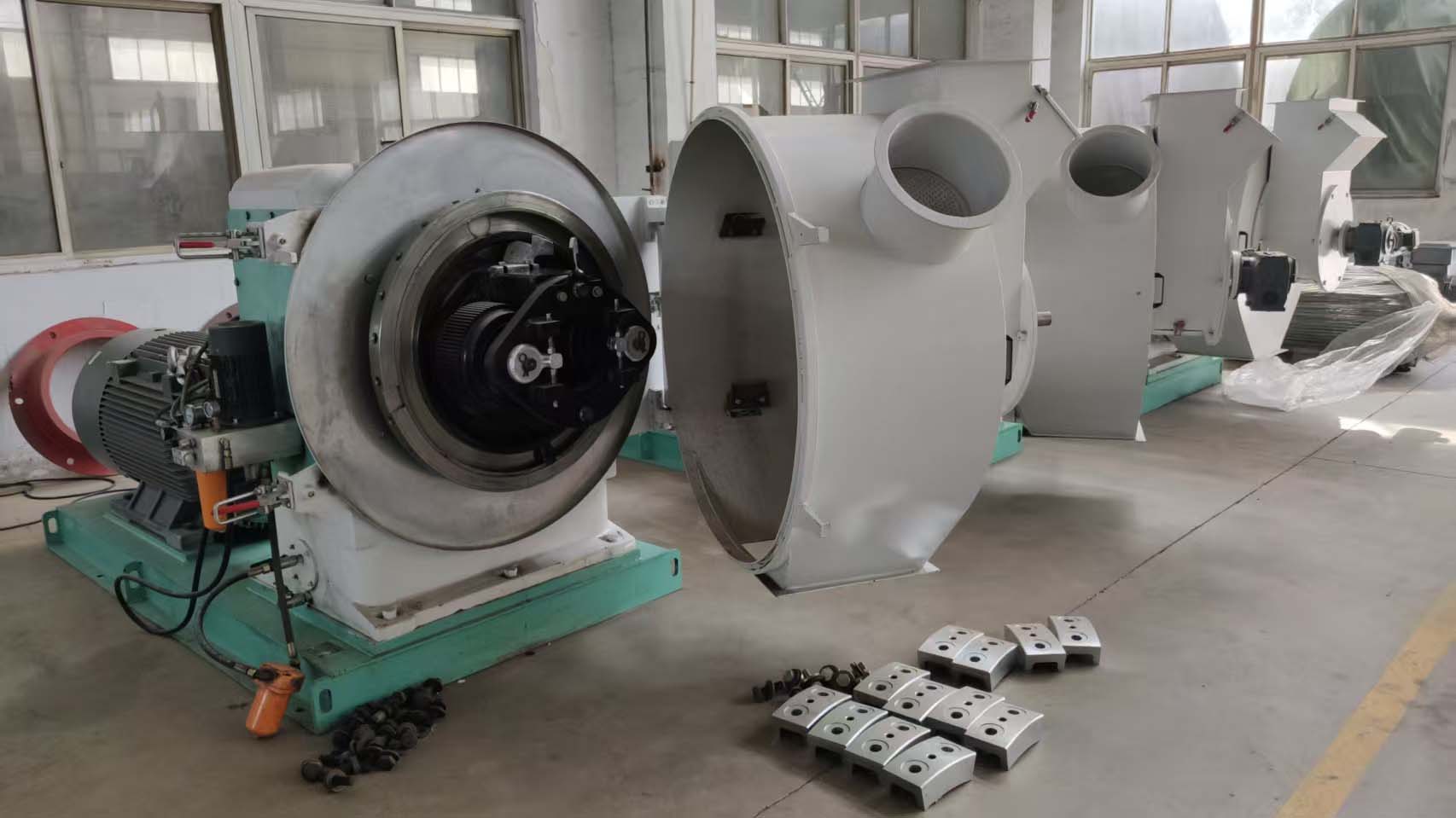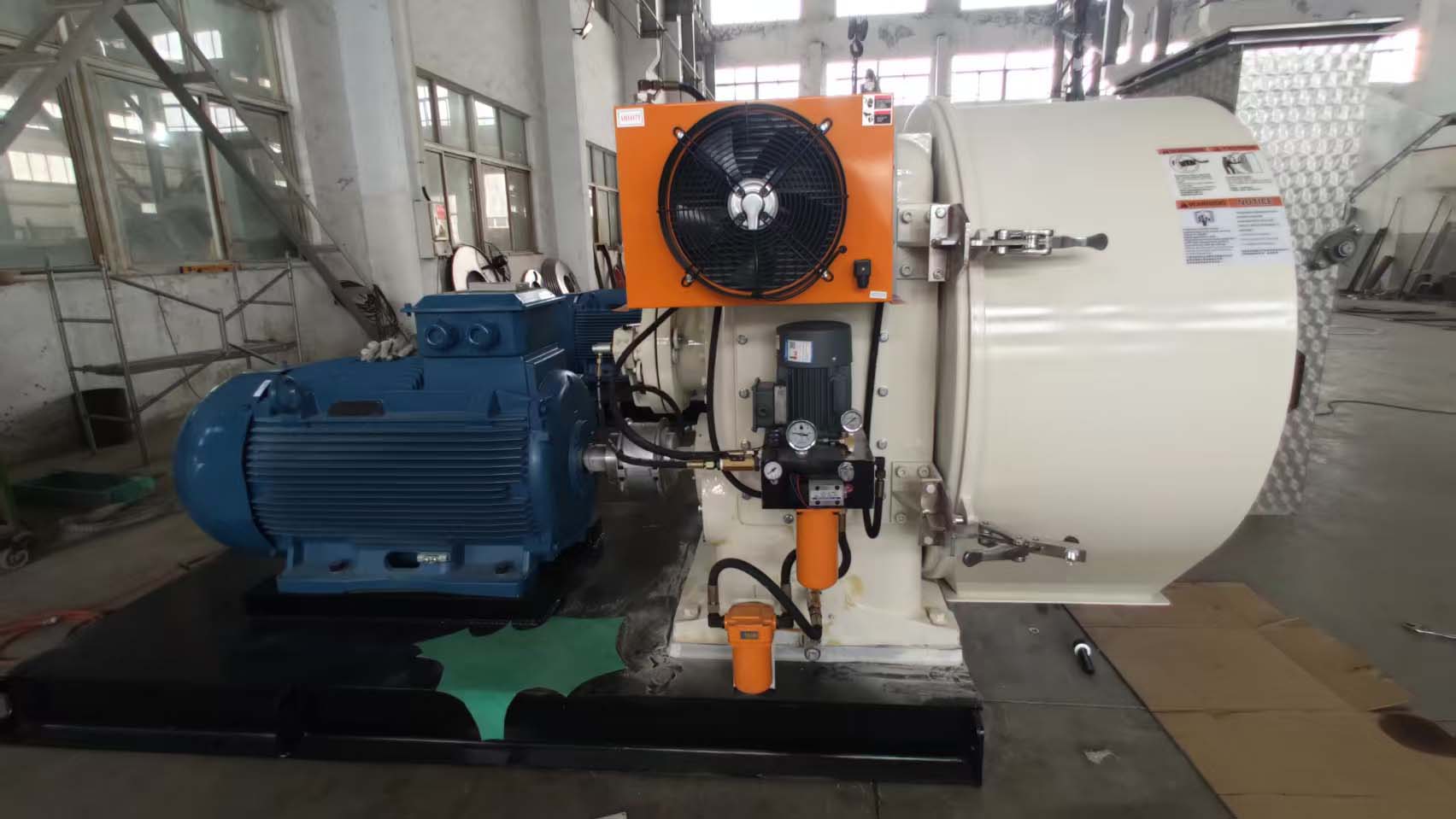Welcome to Rongda Machinery Co., Ltd
Toggle Navigation
Hey there! Ever wondered how those little wood pellets you see in stores or hear about in renewable energy talks are made? That’s where pellet mills come in—a game-changer in turning raw stuff like sawdust into clean, green energy. Let’s dive into what makes these machines so cool, how they work, and why they’re a big deal for the planet.
We’re all hearing about the push for cleaner energy, right? Pellet mills are right in the middle of that action. They take things like wood chips or agricultural leftovers and squash them into dense biomass pellets. These pellets burn cleaner than fossil fuels, slashing carbon emissions and helping us fight climate change. Plus, they’re made from waste materials—talk about a win-win!
Not all pellet mills are created equal. They come in a couple of main types, each with its own vibe depending on what you’re processing and how much you need.
Picture a ring die pellet mill as the workhorse of the pellet world. It uses a circular die to squeeze materials into pellets, built tough for big jobs. These are the go-to for cranking out tons of wood pellets for things like heating homes or powering plants.
Why They Rock: They’re super durable and can churn out pellets like nobody’s business. Perfect for large-scale setups where you need reliability and high output.
On the other hand, hammermill pellet mills are like the Swiss Army knife of pellet-making. They use spinning hammers to break down and compress materials, making them great for smaller operations or varied feedstocks like crop residues.
What’s Great About Them: They’re versatile, budget-friendly, and ideal for folks processing smaller batches or different kinds of materials.
Alright, let’s break it down simply. Making pellets is like baking, but with more pressure and less flour. Here’s the gist:
Prep the Ingredients: Raw materials (think sawdust or straw) get dried and sometimes mixed with a binder to hold things together.
Squash It: The material goes into the pellet mill, where it’s squeezed under high pressure and heat to form tight, uniform pellets.
Cool and Pack: The hot pellets cool down, harden, and are ready to be bagged up for use.
It’s straightforward but super effective, turning loose, messy stuff into compact, burnable pellets.

These little pellets are incredibly versatile. They’re used for:
Warming Homes: Pellets are a cozy, eco-friendly option for heating stoves.
Powering Plants: Big facilities use them to generate electricity without leaning on coal or gas.
Industrial Uses: From cooking fuel to specialized manufacturing, pellets are popping up everywhere.
The demand for pellets is growing as more industries and households jump on the green energy train.
Pellet mills help cut down on waste by turning scraps into fuel. They also burn cleaner than traditional fuels, which means fewer greenhouse gases messing up the atmosphere. It’s a solid step toward a greener future.
Sure, buying a pellet mill isn’t cheap, and maintenance can add up. But over time, they’re a smart investment. They use energy efficiently, reduce waste, and help you rely less on pricey fossil fuels. That’s a big plus for both your budget and energy independence.
Nothing’s perfect, and pellet mills have their challenges:
Upfront Costs: These machines can cost a pretty penny, especially the high-end ones.
Maintenance Headaches: Keeping them running smoothly takes regular care and attention.
Feedstock Fuss: The quality of your raw materials matters. If they’re inconsistent, your pellets might not turn out great, and that can mess with the mill’s performance.
The future looks bright! New tech is making pellet mills more efficient and affordable. Plus, governments worldwide are backing renewable energy with policies that boost the pellet industry. As demand for clean energy grows, pellet mills are set to play an even bigger role.
Pellet mills are like the unsung heroes of the biomass world. They turn waste into clean, renewable energy, help cut carbon emissions, and pave the way for a more sustainable future. Whether you’re a homeowner looking to heat your house or an industry pro powering a plant, these machines are making a real difference.

What are biomass pellets used for?
They’re great for heating homes, generating power, and even fueling industrial processes.
How much do pellet mills cost?
It depends—smaller ones might run tens of thousands, while industrial-scale mills can hit hundreds of thousands.
How efficient are pellet mills?
They typically hit 70-95% efficiency, depending on the setup and how they’re run.
Are pellet mills eco-friendly?
You bet! They reduce waste and cut carbon emissions compared to fossil fuels.
What’s tricky about running a pellet mill?
High costs, regular maintenance, and making sure your feedstock is top-notch can be a challenge.